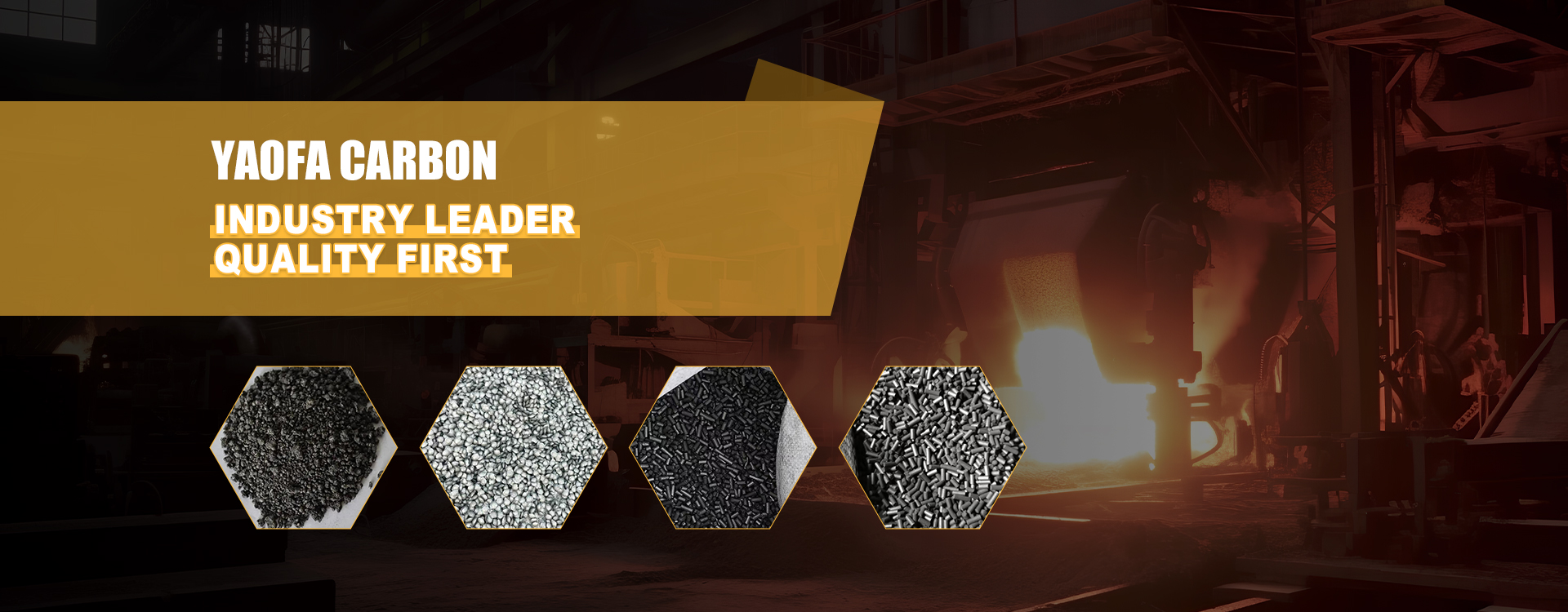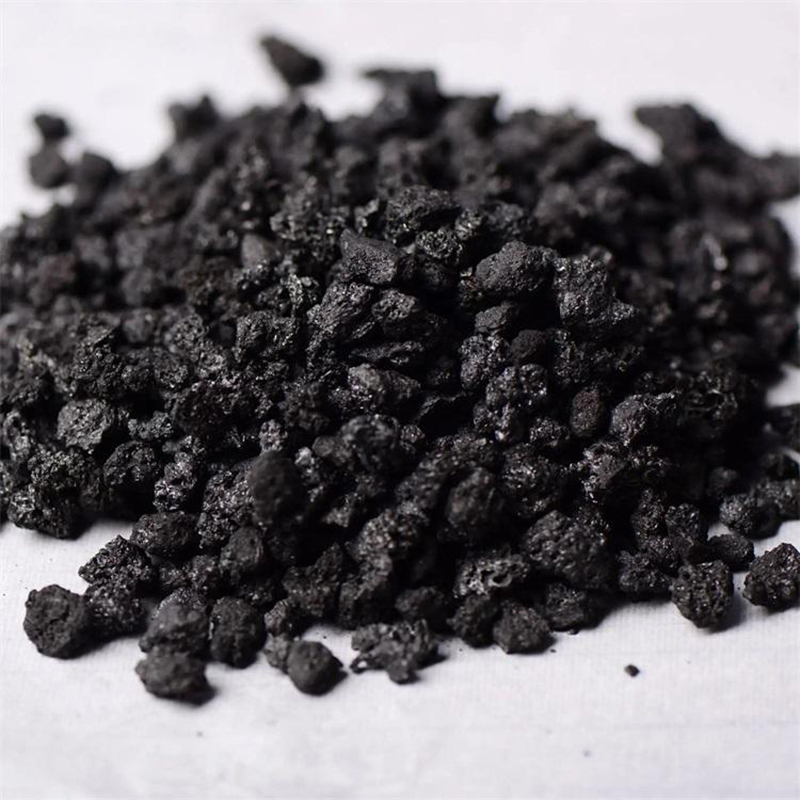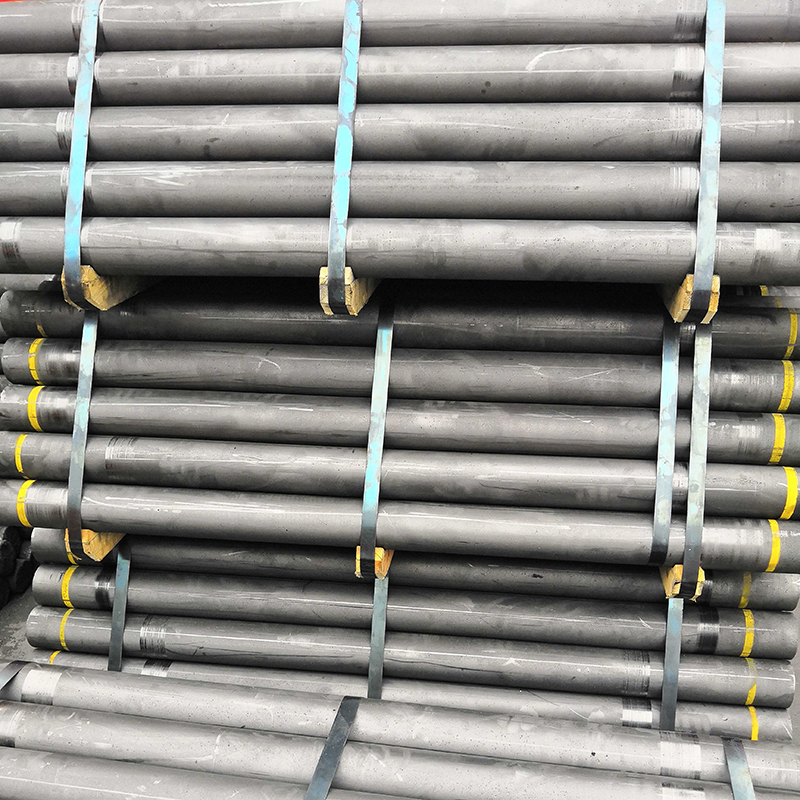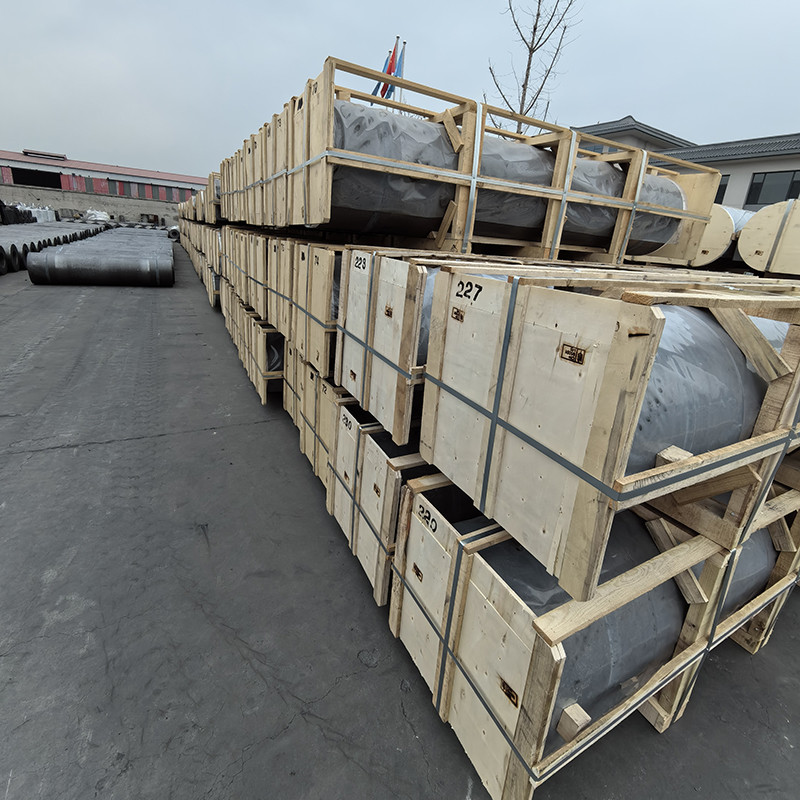- Chinese
- French
- German
- Portuguese
- Spanish
- Russian
- Japanese
- Korean
- Arabic
- Irish
- Greek
- Turkish
- Italian
- Danish
- Romanian
- Indonesian
- Czech
- Afrikaans
- Swedish
- Polish
- Basque
- Catalan
- Esperanto
- Hindi
- Lao
- Albanian
- Amharic
- Armenian
- Azerbaijani
- Belarusian
- Bengali
- Bosnian
- Bulgarian
- Cebuano
- Chichewa
- Corsican
- Croatian
- Dutch
- Estonian
- Filipino
- Finnish
- Frisian
- Galician
- Georgian
- Gujarati
- Haitian
- Hausa
- Hawaiian
- Hebrew
- Hmong
- Hungarian
- Icelandic
- Igbo
- Javanese
- Kannada
- Kazakh
- Khmer
- Kurdish
- Kyrgyz
- Latin
- Latvian
- Lithuanian
- Luxembou..
- Macedonian
- Malagasy
- Malay
- Malayalam
- Maltese
- Maori
- Marathi
- Mongolian
- Burmese
- Nepali
- Norwegian
- Pashto
- Persian
- Punjabi
- Serbian
- Sesotho
- Sinhala
- Slovak
- Slovenian
- Somali
- Samoan
- Scots Gaelic
- Shona
- Sindhi
- Sundanese
- Swahili
- Tajik
- Tamil
- Telugu
- Thai
- Ukrainian
- Urdu
- Uzbek
- Vietnamese
- Welsh
- Xhosa
- Yiddish
- Yoruba
- Zulu
- Kinyarwanda
- Tatar
- Oriya
- Turkmen
- Uyghur

silicon graphite crucible
Understanding Silicon Graphite Crucibles: Insights and Experiences
When it comes to high-temperature applications, choosing the right crucible is crucial. One such option that has been making rounds in the industry is the silicon graphite crucible. But what sets it apart, and why should you care? This article dives into the practical aspects and real-world insights about these crucibles.
The Basics of Silicon Graphite Crucibles
First things first, what exactly is a silicon graphite crucible? At a glance, it seems straightforward—it's a crucible made from silicon and graphite. The combination offers properties that are quite beneficial for certain applications, especially where high temperatures and chemical stability are critical.
In practice, these crucibles are often selected for their thermal conductivity and durability. They're particularly popular in the metallurgy and glass industries, where they withstand extreme heat without degrading. However, there's more nuanced thinking behind their selection than just these standard benefits.
A common oversight is assuming one size—or type—fits all. From personal experience, customizing the composition based on what you are melting can significantly affect efficiency and longevity. This is where a detailed understanding of the materials involved becomes invaluable.
Navigating Material Compatibility
Compatibility is king. With a silicon graphite crucible, you're dealing with a balance between silicon's heat resistance and graphite's chemical inertness. However, not all metals or glass constituents react the same way to these materials.
There was an instance at a workshop where a particular alloy reacted adversely with graphite. What we learned the hard way was that for specific alloys, an additional coating or a slightly altered composition might be necessary. This level of detail can make or break processes in a production setting.
The key takeaway? Know your materials inside out. This ensures you're not falling into the trap of replacing a crucible too early because it's not performing as expected with your particular batch of materials.
Real-World Challenges and Solutions
In reality, using silicon graphite crucibles isn't just about their advertised properties. The real challenge often lies in operational integration. For instance, altering a furnace's environment to optimize for these crucibles might be necessary—a step often missed in initial setups.
An engineer I worked with once pointed out the importance of pre-conditioning the crucible before its full integration into production cycles. This involves a series of gradual heating processes to ensure the crucible expands correctly and avoids micro-fractures under stress.
It's those hidden lessons that aren't found in manuals. They come from understanding the intricacies of how these materials behave under different conditions—and often through a bit of trial and error.
Custom Solutions from Suppliers
Companies like Hebei Yaofa Carbon Co., Ltd. (https://www.yaofatansu.com) often offer insights and custom solutions that can significantly impact outcomes. With over 20 years in the field, their experience with carbon products provides a wealth of industry knowledge.
Utilizing feedback from such suppliers can be pivotal. For example, a recommendation on mixing additives to improve a crucible's life span was a game changer for a glass manufacturer I consulted with. Trusting their expertise and adapting solutions accordingly can transform production efficiency.
When a supplier suggests a test batch, take it seriously. It's an opportunity to see firsthand how small tweaks can make substantial differences in performance.
Environmental and Economic Considerations
There's also an environmental angle to consider. While the materials in a silicon graphite crucible can handle extreme conditions, their production and disposal impact the environment. Finding ways to optimize usage and disposal is becoming an industry priority.
Cost-wise, initial investments in quality crucibles can seem steep. However, calculating the cost over time often shows that scrimping on initial outlay can, in fact, lead to higher overall expenses. It's about smart investment rather than cost-cutting for immediate gain.
Ultimately, the choice of a silicon graphite crucible isn't just a technical decision; it's an economic and environmental one. Balancing these factors with practical insights ensures you're not just reacting to immediate needs but planning sustainably.
Related products
Related products













